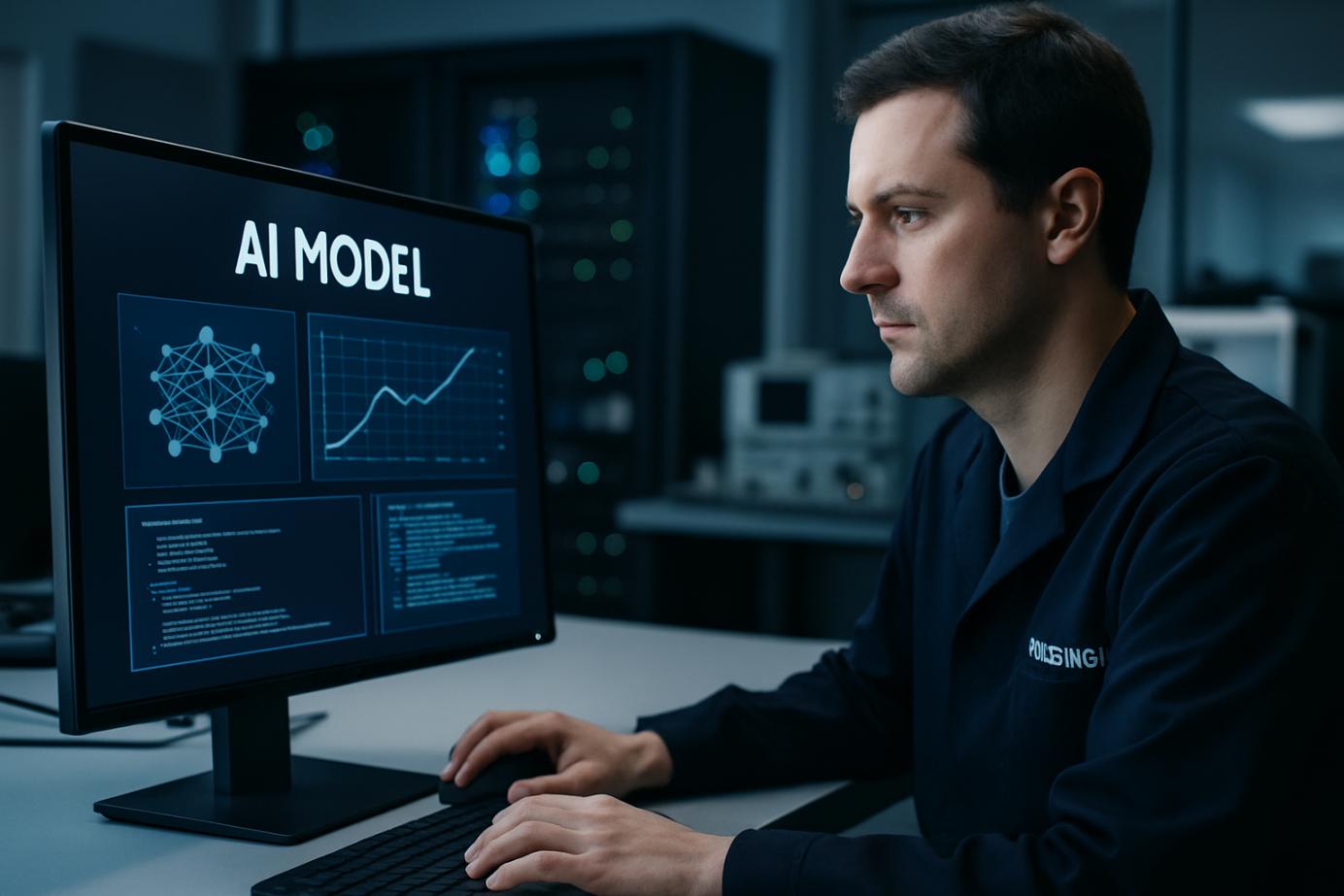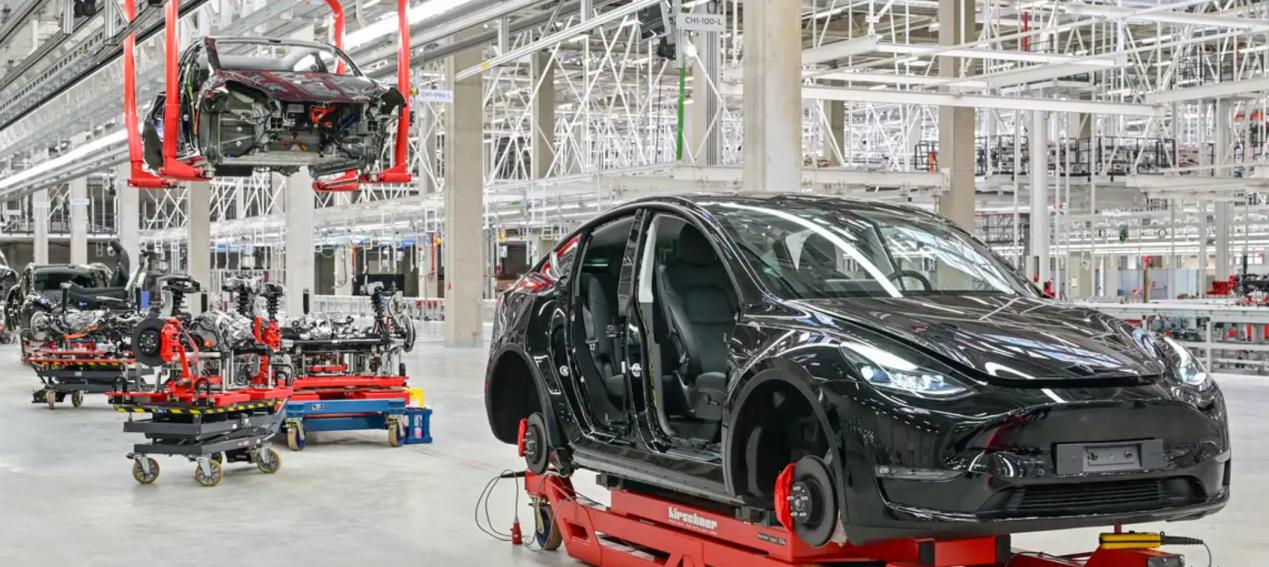
Recently, according to the foreign media SiliconANGLE, a research team from Samsung Electronics Co., Ltd. has proposed a new type of artificial intelligence architecture called Micro Recursive Model (TRM), and claims that this model has achieved outstanding results on several structured inference benchmarks with only about 7 million parameters. However, from a technical perspective, this achievement still has many hypotheses and engineering limitations that need to be verified. First of all, a reduction in the number of model parameters does not necessarily mean a lower overall computational cost. TRM relies on multi-round circular reasoning. Each cycle requires forward propagation and state update. The uncertainty of the number of cycles leads to fluctuations in reasoning delay and energy consumption. Whether the so-called "adaptive downtime" mechanism can stably terminate in complex scenarios is currently lacking in system verification. Its computing resource consumption on high-complexity tasks may still approach that of large models.
Secondly, there is a deviation in the representativeness of the evaluation tasks. TRM scores highly in Sudoku and maze tasks, but these tasks are highly structured and essentially suitable for iterative and backtracking algorithms, and cannot reflect the model's performance in natural language, multimodal input, or non-deterministic tasks. In the more abstract ARC-AGI series of tests, its accuracy rate dropped significantly, indicating that its performance strongly depends on regular inputs and task priors. If the comparison with large language models lacks a unified prompt strategy and fine-tuning depth, it may also cause evaluation bias, overestimating the model's advantages.
In addition, the research paper has not yet disclosed the complete training configuration and the source of the dataset. The deep supervision, dual short-term memory mechanism and recursive optimization strategy adopted by TRM may involve a large amount of engineering parameter tuning in actual implementation. If the training data contains structural samples similar to the test questions, the model's performance may be affected by the data leakage effect. If the paper and code have not been fully made public, it is difficult for external researchers to independently reproduce or eliminate the influence of post-processing intervention on the results, which will weaken the reliability of the conclusion.
From the perspective of system interpretability, if the intermediate states generated by the recursive reasoning mechanism cannot be visualized or traced, it will increase the uncontrollability of the reasoning process. During the training phase, the recursive structure introduces step-up gradient propagation. If no dedicated stabilization measures are adopted, gradient explosion or attenuation is likely to occur, affecting the convergence of the model. In engineering, the state maintenance and video memory management costs of recursive memory are relatively high, which limits the efficiency of batch production and parallelization. Its real performance on embedded hardware still needs to be tested.
In terms of sample complexity and robustness, if a model heavily relies on multi-stage supervised learning, its data requirements and training time consumption may not be lower than those of large models. When confronted with noisy input or adversarial perturbations, the error accumulation of the recursive path will be amplified, leading to output collapse. Most of the current benchmark evaluations are artificially constructed closed environments, which are not sufficient to prove their generalization ability in real-world problems.
It is worth noting that the mechanism of TRM shares similarities with heuristic search and symbolic reasoning. If what it essentially learns is an efficient search strategy, then combining it with a lightweight symbolic solver might be more practical. If the research team can further provide ablation experiments, including the relationship between the number of cycles and parameter scale, performance changes after quantification or pruning, as well as end-to-end energy consumption data, it will be more capable of demonstrating its technical feasibility in a limited resource environment.
Overall, the achievements reported by SiliconANGLE offer interesting ideas for the study of small models, but their scientific and engineering validity still needs to be confirmed through a more rigorous and public verification process. Only on the basis of standardized evaluation, transparent code and reproducible data can it be determined whether this type of recursive architecture has the potential technical value to support the next stage of artificial intelligence reasoning evolution.

The global electric vehicle market in 2025 is experiencing intense turbulence. Tesla, once a disruptor that reshaped the industry landscape, is now mired in an unprecedented sales crisis.
The global electric vehicle market in 2025 is experiencing …
Recently, Chinese telecom companies Huawei and ZTE signed a…
Recently, according to Xinhua News Agency, Israel's air str…
A strongly worded report from the Equality Trust argues tha…
On November 27, 2025, Alibaba officially entered the global…
The focus of the global financial market in 2025 has always…